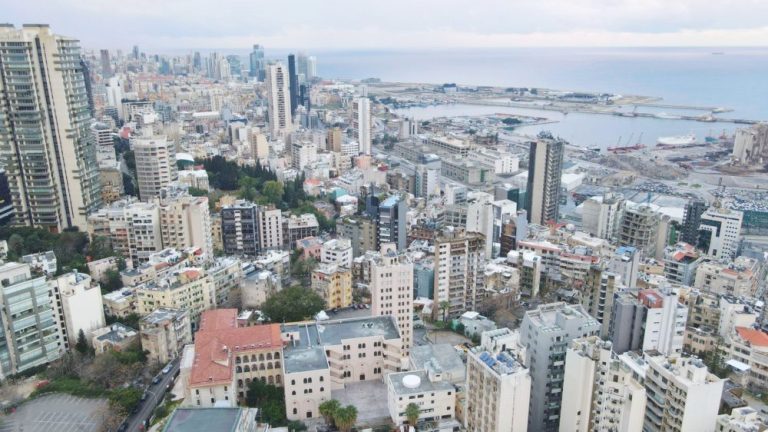Lastly, represent the answer in squared form, which means the area of this trapezoid would be represented as 84 inches squared, or 84 square inches. Learning the skill of calculating the area of a trapezoid is highly important for students to gain an in-depth understanding of various geometric calculations. It enables students to work comfortably with several real-life calculations as well.
What is a Trapezoid?
There are some properties of trapezoids that enable us to identify them. Here are some of the key properties of trapezoids:
- Right Trapezoid: A right trapezoid has two right angles.
- Isosceles Trapezoid: A trapezoid with non-parallel sides equal in length.
- Scalene Trapezoid: A trapezoid with no equal sides or angles is called a scalene trapezoid.
Properties of Trapezoids
The formula for calculating the area of a trapezoid is ½ x ( a + b ) x h, or the sum of the length of the top and bottom, divided into half and multiplied by the height of the trapezoid. Lastly, the final number has to be represented as a squared number.
- The diagonals and the base angles in an isosceles trapezoid are always equal.
- If a median is drawn on a trapezoid, it will become parallel to the bases and its length will be the average of the length of the bases.
- The intersection of the diagonals of a trapezoid is collinear to the midpoints of the opposite sides.
Area of a Trapezoid
A trapezoid is a four-sided geometric shape with a pair of parallel sides, one of which is longer than the other. Generally, the trapezoids are represented by the longer parallel sides — the base. It is also known as the trapezium and can be further classified as right trapezoids, isosceles trapezoid, scalene trapezoid.
Steps to Calculate the Area of a Trapezoid
- Find the length of the shorter side of the two parallel sides — use the letter ‘a’ to represent this length in the formula for the area of a trapezoid. For instance, let’s consider “a” is 7 inches long. You can note this number for use in the formula.
- Now find the length of the two parallel sides and use the letter “b” to represent it in the area formula. Let’s suppose “b” is 14 inches long. Note this number for the formula as well.
- Perform the addition of these two lengths, “a” and “b” together. In the above scenario, the sum of “a” and “b” is 21 inches. Keep a note of this sum.
- The next step is dividing the sum of a and b into half; it will give a resultant of 10.5 inches as the answer. Note this number.
- Determine the height of the trapezoid. We can get the height by placing the zero mark of the ruler at “a” and adjusting it at a 90-degree angle, to “a.” Find the distance from “a” to “b” to determine the height of the trapezoid. Let’s assume, in this case, the height of the trapezoid is 8 inches.
- Now multiply the sum of (a + b)/2 = 10.5 with the height of the trapezoid 8. In the above example, we can multiply 10.5 inches by 8 inches to reach a product of 84 inches.
A trapezoid is a two-dimensional quadrilateral with a pair of parallel sides. This four-sided polygon has four line segments and four interior angles. The parallel sides of a trapezoid are its two bases and the remaining two sides are called its legs. A perpendicular drawn from the base to the other parallel side gives the height or altitude of a trapezoid. The area of trapezoid refers to the space enclosed within this shape and hence is quite useful in various real-life measurements, like buying the right amount of raw material for constructing such shapes or for determining the right quantity of grass to set down in a trapezoid garden.




